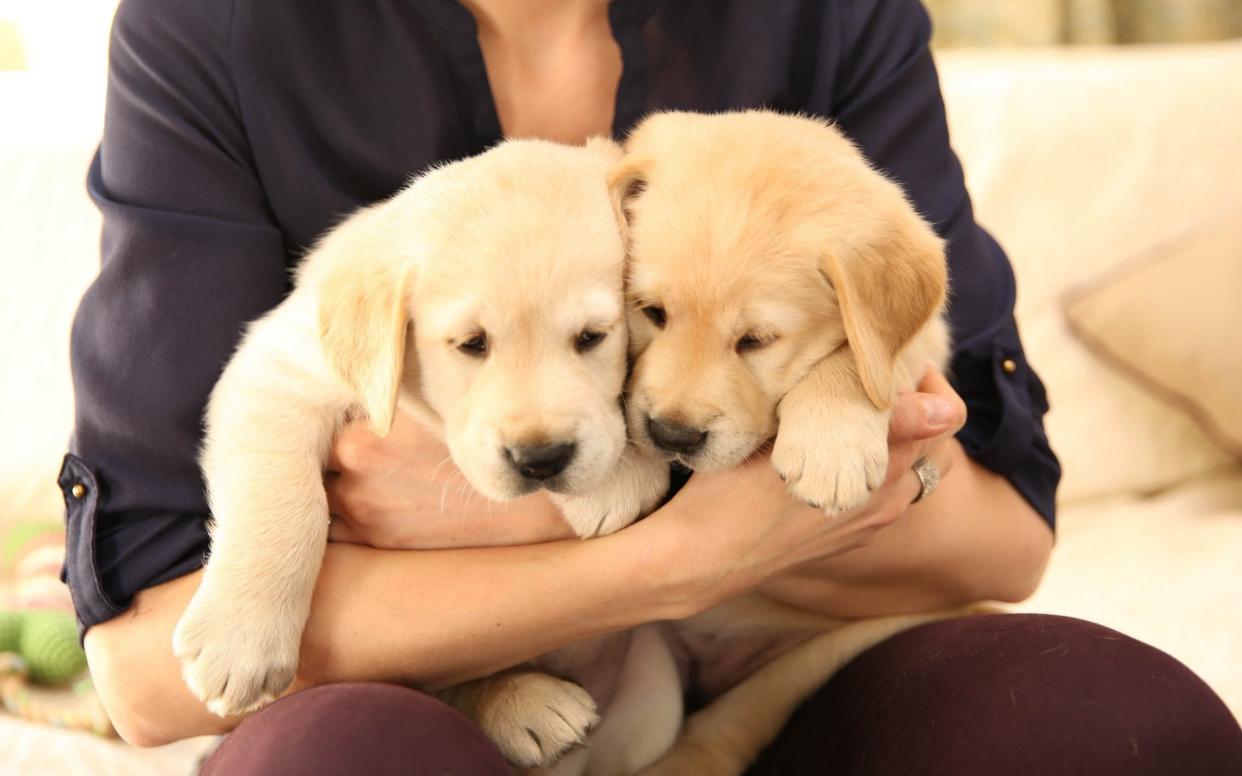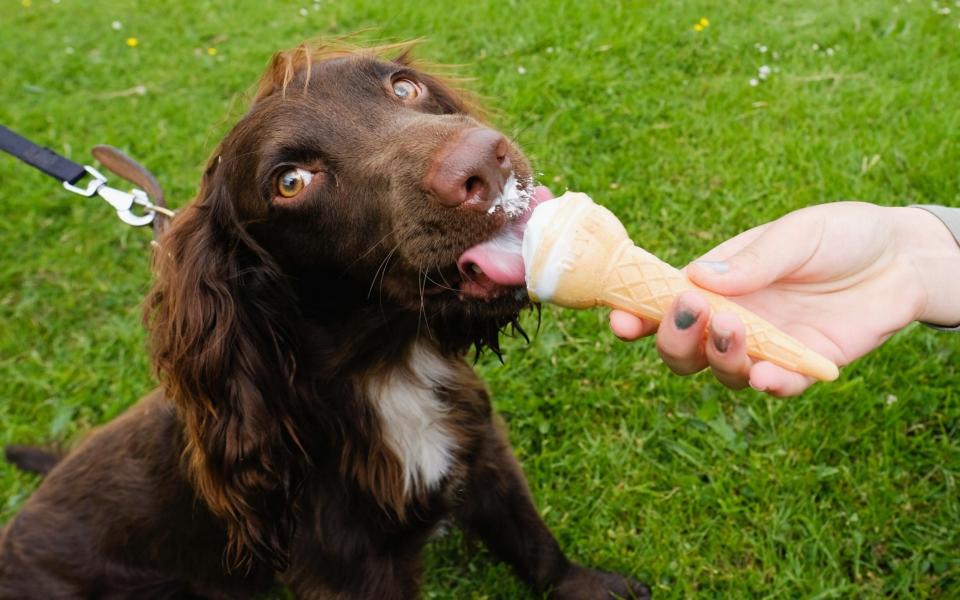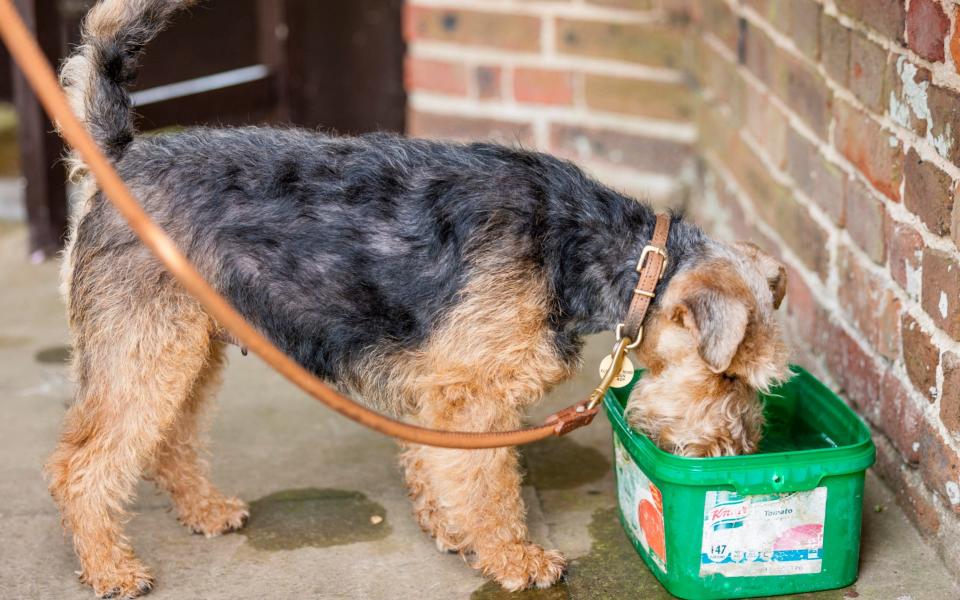How to keep your pets safe in hot weather

Dogs die in hot cars. It’s a warning we’re all familiar with, and yet one that bears reiterating every time the mercury rises. The death of two labradors belonging to Antiques Roadshow expert Katherine Higgins, apparently after being driven home, is just the latest incident of pets failing to cope in the summer heat.
Higgins is said to have taken her pets out for a walk in Surrey on June 10, when temperatures hit 21C. They died shortly afterwards. It is believed their deaths were caused by overheating.
So how do we keep our animals safe in a heatwave? After all, it’s hard enough just keeping ourselves and our children cool. Katrin Scholz, pet nutritionist for AniForte, has some suggestions:
1. Cars
There are laws that penalise those who leave their pets inside cars on hot days, so severe are the consequences sometimes. As animal rights campaigners PETA state: “On a 78-degree day, the temperature inside a parked car can soar to between 100 and 120 degrees in just minutes”. However, cars are not the only dangerous environments to be aware of. Pet owners should also be alive to the dangers of conservatories and greenhouses, says Scholz.

2. Avoid peak heat times and hot surfaces
Mad dogs and Englishmen go out in the midday sun. The truth of those lyrics still stands: don’t take your dog out, mad or otherwise, between the hours of 11am and 4pm if you can possibly avoid it. These hours of peak heat can put animals at risk of heat stroke, symptoms of which include excessive panting, anxiety and, in severe cases, collapse and convulsions. Any such symptoms require immediate veterinary attention.

Another danger to be aware of is the heat of the ground surface. Materials such as asphalt get particularly hot. To test the heat of a surface and save your dog's paws from burning, try laying the back of your hand against the surface for at least five seconds as this will give you a good indication whether it is safe for your dog, says Scholz.
3. Stay hydrated
A seemingly obvious but commonly forgotten rule: keep water bowls topped up. And remember, your pet’s weight and age can have a big effect on the amount of water they require to avoid dehydration.

4. Grooming
Dogs with thicker coats are at particular risk of overheating and should be kept well groomed. Most long-haried breeds do shed some of their hair naturally in the summer months, but Scholz emphasises the importance of regular washing and grooming to speed up the process.

5. Cool off
Get the hosepipe out. It’s fun for your dog and, more importantly, keeps them cool.



